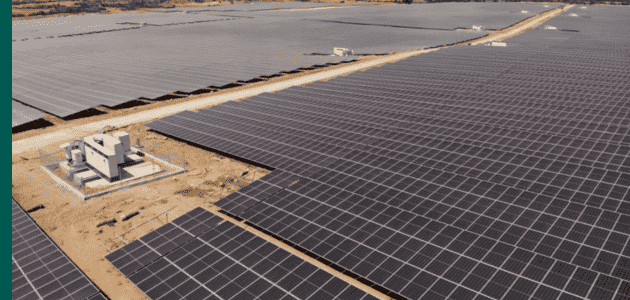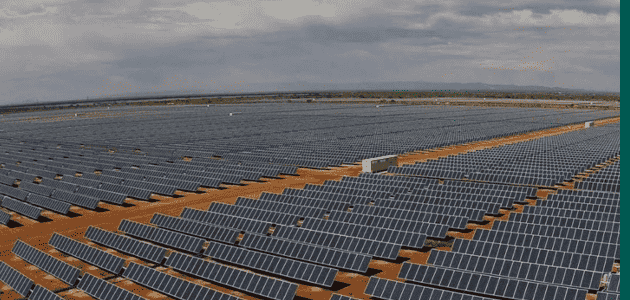Renewable Energy Projects in Saudi Arabia
Challenges in Saudi Arabia’s Renewable Energy Transformation
Shifting infrastructure: Saudi Arabia’s existing infrastructure is heavily built around fossil fuels. Transforming this necessitates massive investments in grid modernization, including upgrading distribution networks and integrating renewable sources seamlessly. Building robust transmission lines across vast distances becomes crucial, especially for tapping into remote solar and wind resources. Efficient energy storage solutions are paramount to address the intermittent nature of solar and wind power, ensuring grid stability and reliability.Opportunities of a Sustainable Future
Economic diversification: The country emerges as a vibrant oasis, its fertile ground nurturing new markets built around renewable energy technologies, infrastructure development, and associated services. Foreign investment, attracted by the shimmering promise of this fertile land, flourishes, bringing with it a golden harvest of high-value jobs across diverse sectors. The Kingdom, transformed from a single-crop economy, blossoms into a diverse and resilient landscape, boasting regional leadership in the renewable energy industry. These challenges and opportunities underscore the significance of the current renewable energy projects in Saudi Arabia.NEOM Green Hydrogen Solar PV Project
A joint venture between NEOM, Air Products and ACWA Power is building the world’s largest green hydrogen facility. The project will use renewable energy sources like solar and wind to create 4 gigawatts of power for electrolysis, producing 600 tonnes of clean hydrogen daily by 2026.
This green hydrogen will be used to create green ammonia, reducing carbon emissions by 5 million metric tonnes annually.


Sudair Solar PV Project
Sudair Solar PV will be one of the world’s largest single-contracted solar plants and the biggest in Saudi Arabia, boasting a capacity of 1.5 gigawatts. This project is a major step for the Public Investment Fund’s renewable energy program, achieving the second-lowest solar PV electricity production cost globally.
Led by ACWA Power, the consortium signed a 25-year agreement to deliver clean power to Saudi Arabia. Sudair PV IPP will provide electricity to 185,000 homes and offset nearly 2.9 million tons of emissions annually.
Shuaibah Solar PV Project
The Shuaibah Solar PV Project, previously known as Al-Faisaliah Solar IPP, is a major player in Saudi Arabia’s shift towards renewable energy. This colossal project, reaching a final capacity of 2,600 MW, will be implemented in stages, with the initial phase constructing a 600 MW solar power plant.
This clean energy giant is expected to become a key supplier for roughly 450,000 households, significantly contributing to the country’s renewable energy goals. The project highlights Saudi Arabia’s dedication to diversifying its energy sources and promoting sustainability.


Saudi Arabia PIF, Clean Hydrogen Plant
The Public Investment Fund (PIF) of Saudi Arabia is partnering with several international companies to develop a series of clean hydrogen plants across the kingdom.
These projects, with a combined capacity of 26.5 GW, will further solidify Saudi Arabia’s position as a global leader in green hydrogen production and export.
“Saudi Arabia’s PIF is driving green hydrogen leadership by partnering on mega-plants”
Scavo is tracking these major projects and many more, if you would like to find out more on how you can subscribe to receive access to project data, please contact us.

